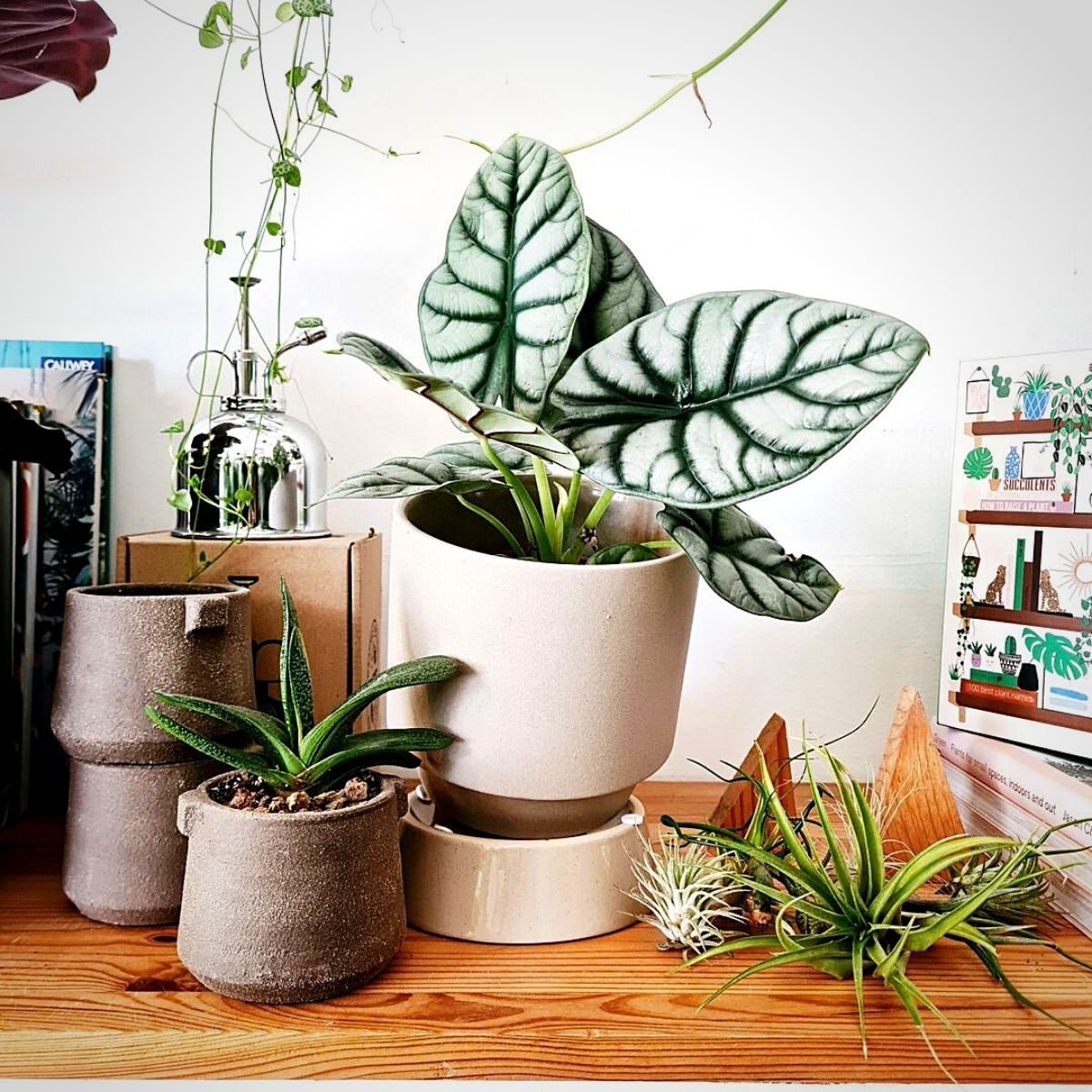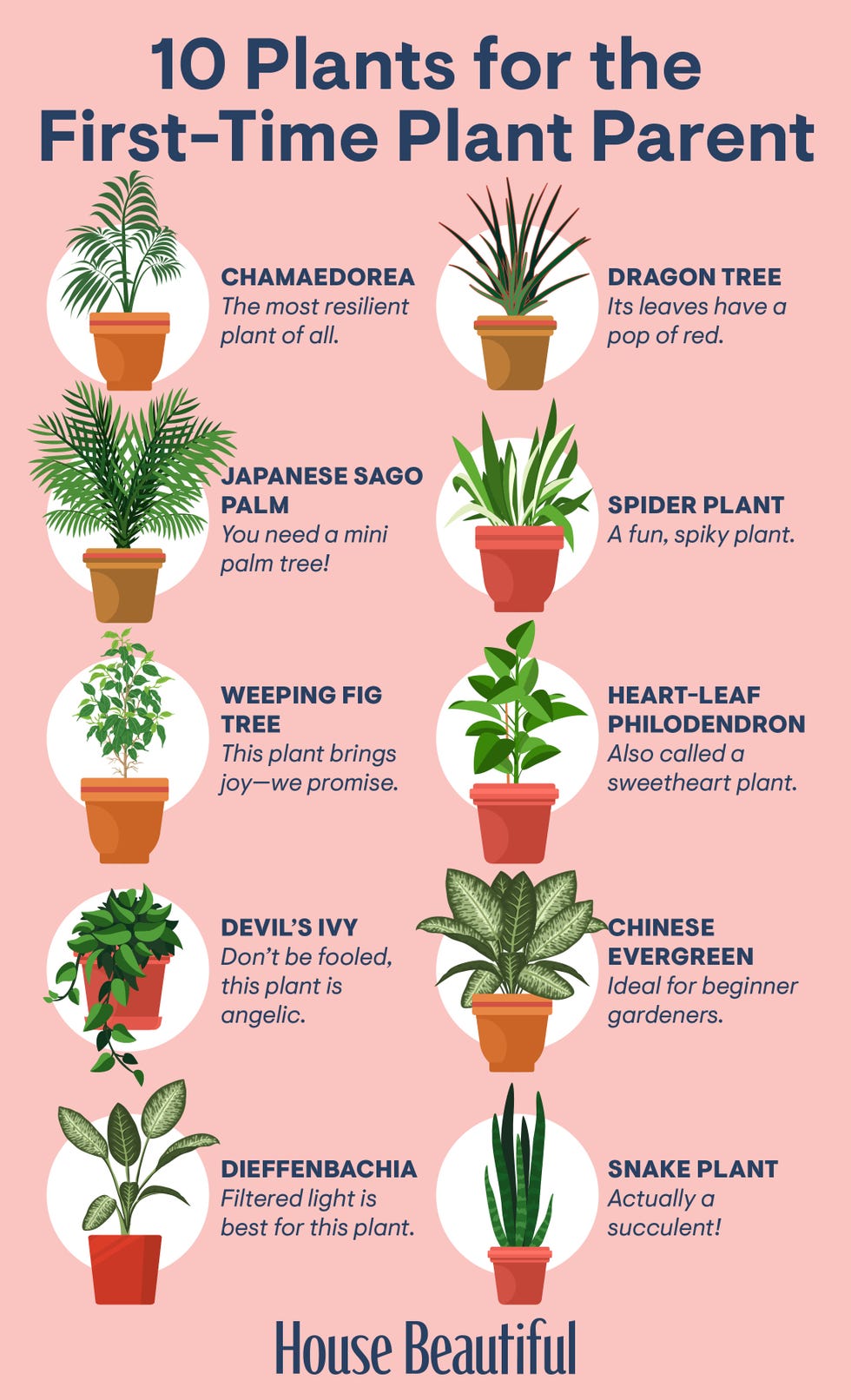Create a Lush Indoor Oasis with the Best Low-Light Indoor Plants
Create a Lush Indoor Oasis with the Best Low-Light Indoor Plants
Blog Article
Transform Your Home With Beautiful Low-Light Indoor Plants and Their Advantages
Including low-light interior plants right into your home can considerably enhance both the aesthetic and ecological quality of your living rooms. These plants, which thrive in dim problems, offer not only as attractive aspects but likewise as all-natural air cleansers, making them optimal for urban occupants or those with limited sunlight exposure. As we discover the numerous kinds of low-light plants and their benefits, you might find shocking means to integrate them into your home that can change your environments in ways you may not have expected.
Advantages of Low-Light Plants
Low-light plants use various benefits for interior settings, making them an exceptional option for both amateur and seasoned garden enthusiasts. Among the primary advantages is their versatility to low-light conditions, permitting individuals to boost their space without the demand for substantial sunshine direct exposure. This particular makes them ideal for houses, offices, and various other areas with limited all-natural light.

In addition, incorporating low-light plants into home décor can elevate the visual appeal of a space. Their lush foliage and varied structures create a calming ambience, adding to total wellness. The presence of plant has been linked to lowered anxiety degrees and boosted efficiency, making low-light plants a functional choice for improving both physical and psychological health in indoor setups.
Top Low-Light Indoor Plants
While several interior plants flourish in intense light, numerous species are especially appropriate for low-light problems, making them ideal for numerous indoor spaces. One preferred choice is the Serpent Plant (Sansevieria), recognized for its striking upright leaves and resilience, needing very little treatment. One more outstanding choice is the Pothos (Epipremnum aureum), which includes heart-shaped leaves and can track magnificently from wall mounts or shelves, prospering in reduced light and adding a rich touch.
The ZZ Plant (Zamioculcas zamiifolia) is celebrated for its glossy leaves and ability to stand up to forget, making it best for hectic lifestyles. Likewise, the Peace Lily (Spathiphyllum) not just endures low light yet likewise generates spectacular white blossoms, improving any type of area's aesthetic.
For an one-of-a-kind touch, take into consideration the Cast Iron Plant (Aspidistra elatior), which undoubtedly lives up to its name, flourishing in the darkest edges of your home. Finally, the Chinese Evergreen (Aglaonema) provides a selection of leaf patterns and colors while being exceptionally flexible in low-light problems. These plants not just enhance indoor atmospheres but also add to air filtration, boosting your home.
Care Tips for Low-Light Plants

Sprinkling methods are vital; these plants typically favor a little completely dry problems. Overwatering can bring about root rot, so make certain that the top inch of dirt is click this site dry prior to watering once again. Usage pots with water drainage openings to allow excess moisture to leave.
Humidity is another important aspect. Lots of low-light plants, such as brushes and peace lilies, benefit from greater humidity degrees. To boost moisture, consider misting the fallen leaves or positioning a tray of water near the plants.
Fertilization should be approached with care. Throughout the growing season, make use of a watered down, balanced fluid fertilizer every month to sustain growth, but avoid feeding during the dormant cold weather.

Imaginative Ways to Present Plants
Indoor plants can function as fascinating prime focus in any room, boosting both aesthetic appeal and atmosphere. Imaginative screens can raise the aesthetic impact of low-light plants, making them an essential part of your home design. One reliable approach is to use tiered plant stands, which enable you to display multiple plants at differing elevations while taking full advantage of floor area.
Hanging planters are an additional cutting-edge alternative, creating a sense of depth and attracting the eye up. Think about macramé hangers or wall-mounted shelves to present an one-of-a-kind appearance and design.
For a much more organized strategy, use geometric terrariums or glass containers to house your plants, including a modern-day touch to your indoor yard. You can also repurpose classic items, such as teacups or wood dog crates, for a diverse display that shows your personality.
Enhancing Home Ambiance With Plants
Integrating low-light plants into your home not just improves Check Out Your URL aesthetic appeal but likewise adds substantially to the overall atmosphere. These plants function as natural style components, presenting a feeling of peace that can change any kind of space. The existence of greenery fosters a calming atmosphere, which is especially valuable in high-stress atmospheres such as office or living rooms.
Low-light plants, such as snake plants, pothos, and ZZ plants, are not just cosmetically pleasing but also enhance indoor air top quality by filtering system contaminants. This twin feature improves the atmosphere even more, producing a much healthier living space (Best low-light indoor plants). The critical placement of these plants can likewise affect the understanding of room; for example, tall plants can draw the eye upwards, making ceilings appear higher and spaces more spacious
Additionally, differing structures and colors of vegetation add depth to interior decoration, permitting for innovative expression in home designing. Whether put on racks, in corners, or as centerpieces, low-light plants can raise the mood of any kind of room. In recap, incorporating these plants right into your home is an effective way to cultivate a cozy, inviting environment while profiting of boosted air top quality and aesthetic versatility.
Final Thought
Integrating low-light interior plants into home environments provides numerous advantages, including improved visual appeal and boosted air top quality. These durable plants, such as the Snake Plant and Tranquility Lily, require marginal light and maintenance, making them ideal for varied lifestyles.
While many interior plants prosper in bright light, a number of species are specifically appropriate for low-light problems, making them excellent for different interior areas. One effective technique is to make use of tiered plant stands, which enable you to display several plants at differing heights while taking full advantage of floor area.
Low-light plants, such as serpent plants, pothos, and ZZ plants, are not just cosmetically pleasing however additionally improve indoor air high quality by filtering contaminants. Best low-light indoor plants. The visit our website strategic placement of these plants can likewise affect the perception of room; for circumstances, tall plants can draw the eye upward, making ceilings show up greater and spaces much more spacious
These resilient plants, such as the Serpent Plant and Peace Lily, need marginal light and upkeep, making them appropriate for diverse way of lives.
Report this page